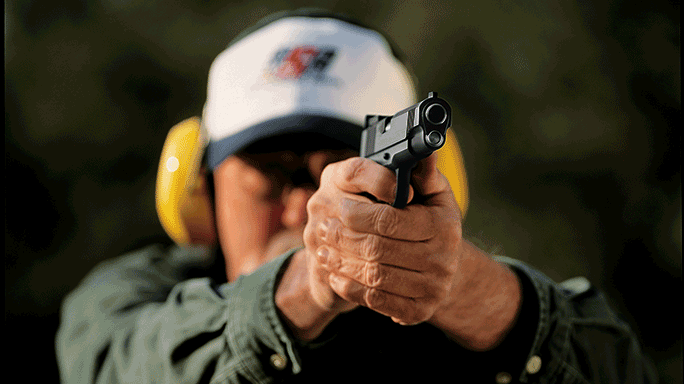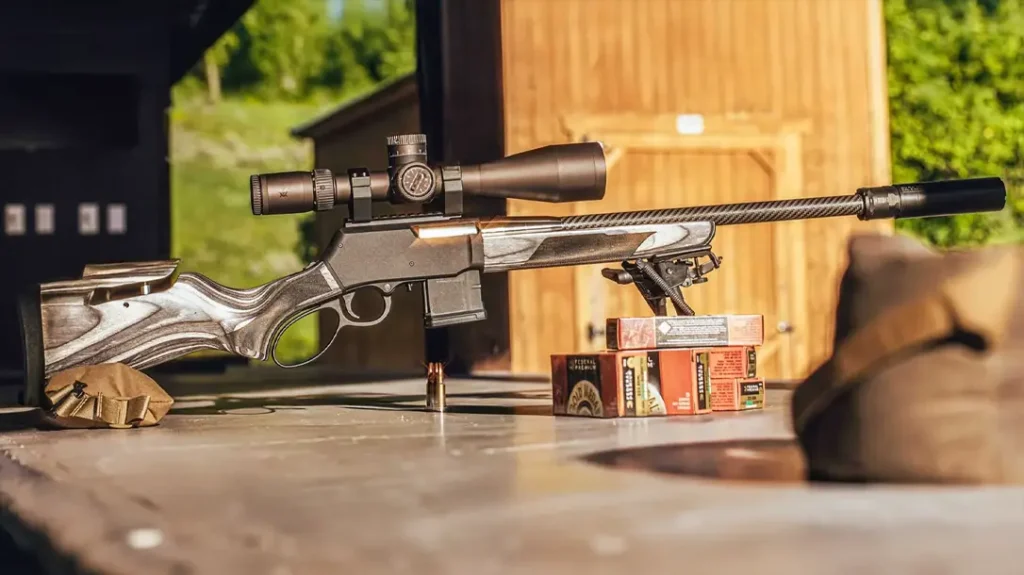Shooting is easy. Shooting well takes proper, diligent practice.
Whether you plan to defend your home, compete, or carry a firearm into harm’s way, proficiency starts with the fundamentals. And remember, it’s OK not to know everything, especially as you get started in a new discipline. Seek qualified guidance. Listen. You can be a hot shot later; be a good student now.
Safety: Review the fundamental rules of firearm safety. Always obey them. Always. It’s not an option.
Advertisement — Continue Reading Below
Knowledge: Develop a thorough understanding of your firearm—how it works, how to load and unload it, how to clear jams and fix failures to function, and how to disassemble and reassemble it. This understanding is crucial to working intuitively with your equipment.
Basics: Accuracy has more to do with you than with your gun. Spend twice as long dry firing as actually shooting, and focus on safely presenting your weapon from the holster or field carry positions. Practice bringing the sights into alignment, and on target, in a fluid and instinctive motion. Perfect your trigger pull to be short, even and decisive. Practice until you can keep your sights on target throughout the trigger pull and the hammer (or striker) release.
Range Form: Range posture and field posture are radically different. Practice shooting off-hand while standing and unsupported. Practice shooting from the prone position. Use the bench only for initial sighting in—it’s not a realistic position in the field or in defense.
Advertisement — Continue Reading Below
Combat Form: Practice getting into kneeling, prone and inclined positions. Use your range bag, barrels and logs to simulate cover. Practice transitioning from standing, quickly assessing your target and taking one precise shot.
- RELATED STORY: Budget-Proof Training: Improve Shooting Without Spending
First Shots: Focus on getting your first shot in the center-mass of the target. That’s often the only shot you’ll have before your target disappears behind cover or returns fire. Avoid rapid-fire training until you can get that first shot on target every single time out to your facility’s or weapon’s maximum effective engagement range.
KISS: Keep It Super Simple. You will react with a degraded form of the gross motor skills you honed, so treat your core weapon handling and marksmanship skills as the perishable and vital resources they are. Fancy tricks are fine, but you’ll fall back on the basics, so make sure those skills are solid.
Advertisement — Continue Reading Below
























